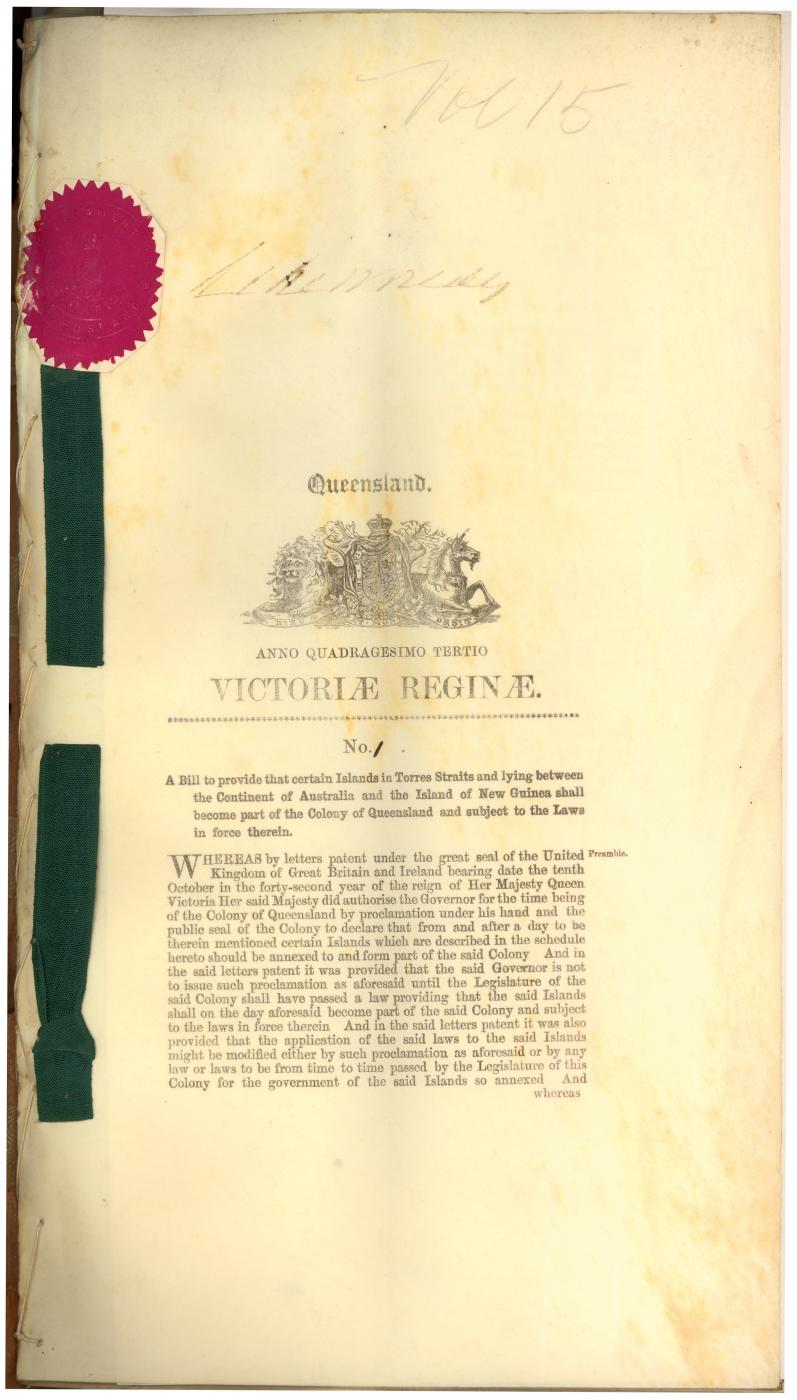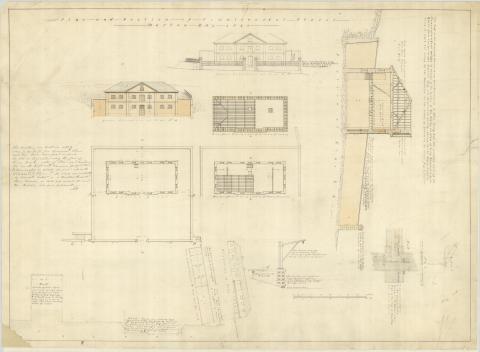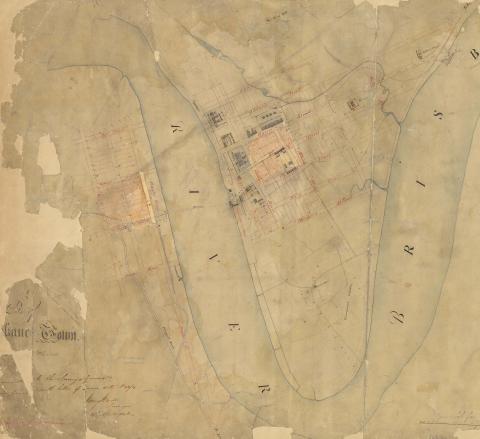
- Background
-
After it was proclaimed a separate colony in 1859 Queensland territorial authority extended only five kilometres off the coast and in 1868 the British Government granted authority for New South Wales to control the islands and waters of the Great Barrier Reef. This anomaly caused considerable resentment in Queensland. Acting on the Queensland Government’s own recommendation, Letters Patent issued in 1871 provided the Governor of Queensland with authority over all islands within 96 kilometres of the coastline, with the exception of Saibai, Darnley and Murray Islands in Torres Strait. This extension not only removed the coastal islands from New South Wales jurisdiction, it also gave Queensland important economic advantages in the form of valuable minerals, guano deposits and pearl shell beds. Further gains were made in 1878 when Letters Patent extended the border to embrace the formerly excluded islands of Torres Strait. The provisions of the Letters Patent were incorporated into the Queensland Coast Islands Act of 1879 which, in effect, brought Queensland’s border to within a few hundred metres of Papua New Guinea. That border exists to the present day, but the 1879 legislation also had a significant bearing on the 1992 Mabo case, whereby a full bench of the Australian High Court acknowledged that Indigenous land tenure on Murray Island in the Torres Strait had survived colonial annexation. The decision overturned the prevailing doctrine of terra nullius, and thus made it theoretically possible for Aboriginal land tenure on continental Australia to be recognised.



